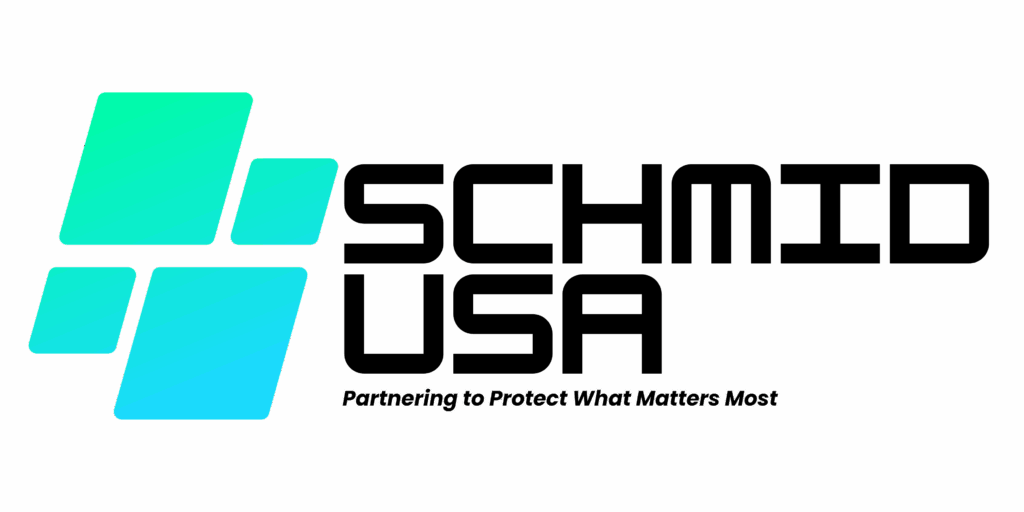In today’s digital-first economy, cybersecurity compliance is no longer just a regulatory requirement—it’s a cornerstone of business trust, reputation, and operational continuity. Whether you’re in healthcare, finance, education, or e-commerce, adhering to cybersecurity standards is essential for both legal safety and customer assurance.
What Is Cybersecurity Compliance?
Cybersecurity compliance refers to the process of meeting the security standards set by regulatory bodies, industry frameworks, or governmental agencies. These standards are designed to protect sensitive data, ensure risk management, and prevent cyberattacks.
Common compliance frameworks include:
HIPAA: Health Insurance Portability and Accountability Act (healthcare data privacy)
PCI-DSS: Payment Card Industry Data Security Standard (credit card information security)
SOC 2: Service Organization Control 2 (data security for SaaS and service providers)
ISO/IEC 27001: International standard for information security management
NIST: National Institute of Standards and Technology Cybersecurity Framework
Why Compliance Matters
Compliance is more than just checking boxes to avoid fines. It helps create a culture of security that can improve an organization’s resilience to cyber threats, enhance customer confidence, and streamline internal processes.
1. Legal and Financial Protection
Failure to comply with regulations can lead to heavy fines, legal liabilities, and even criminal charges. For example, non-compliance with HIPAA can cost healthcare providers millions in penalties. Adherence protects you legally while minimizing your financial risk.
2. Risk Mitigation
Most compliance standards are built on security best practices. By meeting these standards, organizations naturally reduce their vulnerability to cyberattacks, insider threats, and data breaches.
3. Customer Trust
Customers want to know their data is safe. Achieving and maintaining compliance shows your organization values data privacy and takes security seriously, building stronger relationships with clients, patients, or partners.
4. Business Growth
For many companies, especially those working in regulated industries, compliance is a prerequisite to doing business. RFPs and vendor contracts often require proof of security standards, and non-compliance can limit market access.
Key Steps to Achieving Compliance
Risk Assessment and Gap Analysis
Before creating policies or implementing tools, you need to understand where your organization currently stands. A risk assessment identifies assets, threats, and vulnerabilities. A gap analysis compares current practices to regulatory requirements.
Policy and Procedure Development
Compliance frameworks often require documented policies on access control, incident response, data retention, and employee conduct. These must be tailored to your organization’s specific infrastructure and workflows.
Technical Controls Implementation
This includes firewalls, encryption, access controls, endpoint protection, and logging systems. Controls must not only be in place but also actively monitored and tested.
Ongoing Monitoring and Auditing
Compliance isn’t a one-time project—it’s an ongoing process. Systems must be regularly audited to ensure they meet the latest regulations. Monitoring tools help detect policy violations or suspicious behavior in real time.
Employee Training
Many breaches are caused by human error. Regular training helps employees recognize threats like phishing, use secure passwords, and follow data handling policies correctly.
Challenges Organizations Face
Constantly evolving standards: Regulations frequently change. Organizations must stay updated or risk falling behind.
Limited in-house expertise: Many businesses lack dedicated compliance officers or cybersecurity experts.
Complex IT environments: Cloud adoption, remote work, and third-party vendors all add layers of complexity to compliance.
How Schmid USA Helps With Compliance
At Schmid USA, we provide full-service Governance, Risk, and Compliance (GRC) solutions. Whether you’re aiming for HIPAA, SOC 2, or ISO 27001 certification, we guide you from initial assessment through final audit.
Our services include:
Risk assessments and gap analysis
Custom policy and procedure development
Technical control implementation and monitoring
Compliance audits and reporting
Staff awareness training programs
Our team works closely with clients to align compliance with business goals—making your organization both secure and agile.
Conclusion
Cybersecurity compliance is no longer optional. In a world of increasing threats and tightening regulations, meeting industry standards protects more than just data—it protects your entire business.
With Schmid USA as your compliance partner, you can navigate regulatory landscapes with confidence. We simplify the process, minimize risks, and ensure your organization is always ready to prove its commitment to cybersecurity excellence.

